With the wide application of medical endoscopes in medical diagnosis and treatment, the characteristics of precision miniaturization, integration and customization, and one-time use of endoscopes will become the future industry development trend. The trend of precision miniaturization of medical devices has also brought huge challenges and opportunities to R&D, processing and manufacturing.
As the world's aging trend deepens and environmental problems become increasingly severe, the incidence of diseases such as the digestive tract and respiratory tract continues to increase, and the demand for endoscopy is increasing. Medical endoscopy technology has attracted wide attention from the medical community due to its high diagnosis and treatment accuracy, small trauma, low infection, fast postoperative recovery, and almost no scars. It is also one of the fastest growing products in the global medical device industry. At present, about 90% of medical institutions in my country have carried out endoscopic minimally invasive diagnosis and treatment projects, in gastroenterology, respiratory, otolaryngology, abdominal surgery, urology, anorectal surgery, orthopedics, thoracic and cardiovascular surgery, neurology Surgery, gynecology and other departments have been widely promoted and applied.
my country's medical endoscope companies are mainly concentrated in the Pearl River Delta and the Yangtze River Delta, and the industry has great potential for growth. However, due to the late start of the domestic endoscope industry, domestic endoscope manufacturers still have a large gap with foreign manufacturers in terms of core technology and key device research and development. The products are concentrated in the low-end and low-end products. The synergy advantage of the industrial chain, R&D strength, sales ability, after-sales service ability and overseas endoscopy giant enterprises still have a certain gap, so whether it is the soft endoscope market or the rigid endoscope market, the current market share is relatively large. small. In recent years, under the favorable external environment of the overall rapid development of medical equipment and the strong support of national policies, Chinese medical endoscope enterprises have paid more and more attention to independent innovation, research and development investment has been increasing year by year, and the technical level has been continuously improved. Competitiveness is increasing day by day.
Compared with industrial endoscopes, medical endoscopes have higher technical barriers. The development of my country's medical endoscopes industry started relatively late, and the innovation system is not yet complete. It is faced with technologies, standards, brands, innovative R&D, and production capabilities. Great challenges for foreign companies. At present, domestic companies are committed to independent innovation of micro-precision endoscopes, and breakthroughs have been made in key components and core technologies such as precision optical systems and precision mechanical systems of medical endoscopes. In order to reduce the pain of patients and improve their experience, as well as to better promote medical endoscope technology in diagnosis and treatment, miniaturization and customization will also become one of the key development directions of medical endoscopes in the future.
In 2017, the global medical endoscope market has reached 35 billion U.S. dollars and is expected to reach 40 billion U.S. dollars by 2019, with an average annual compound growth rate of 7.72%. The United States, Europe, Japan, etc. are the main consumer markets for endoscopes. In these developed countries, endoscopes are widely used. With the promotion and popularization of endoscopy technology and the improvement of medical standards, the market demand in developing countries such as China, India, and Brazil is also growing rapidly. Endoscopy technology has become the medical technology with the largest market share after IVD, cardiovascular diagnosis, imaging, orthopedics and ophthalmology. According to statistics, the size of my country's medical endoscope market in 2017 has reached about 20 billion yuan, with a compound annual growth rate of 25.7%. China's domestic endoscope market is predicted to reach 24.6 billion yuan in 2019.
Endoscope is a device integrating optics, electronics, structure, materials and other comprehensive disciplines and technologies. The technical barriers are extremely high, especially for flexible endoscopes. The market for flexible endoscopes is basically dominated by Japan’s Olympus and Fuji. Film, Pentax and other companies have monopolized its market share over 90%, of which Olympus has a market share of over 70%. In the past, the domestic endoscope market was basically monopolized by Japanese and European and American companies. With the domestic emphasis on the medical endoscope industry, competitive companies such as Shenzhen Kaili and Shanghai Aohua have gradually taken up the domestic and foreign parts. High, middle and low end markets. In order to narrow the gap with imported technology and equipment, domestic enterprises are deploying to increase product innovation creativity and list product innovation as a strategic direction.
Application of high-precision 3D printing in the medical endoscope industry
With the advent of miniaturization and customization, the product structure is getting smaller and thinner, and endoscope companies are committed to finding matching precision processing methods. For precision endoscope end seats with a wall thickness of less than 0.15mm, traditional processing methods such as CNC and injection molding are difficult to form, especially for thin-walled parts with large aspect ratios.

![]() Phone Number:0755-26943630
Phone Number:0755-26943630![]() Phone Number:0755-26943630
Phone Number:0755-26943630

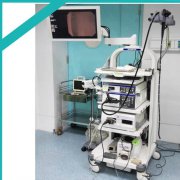
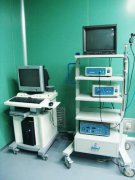
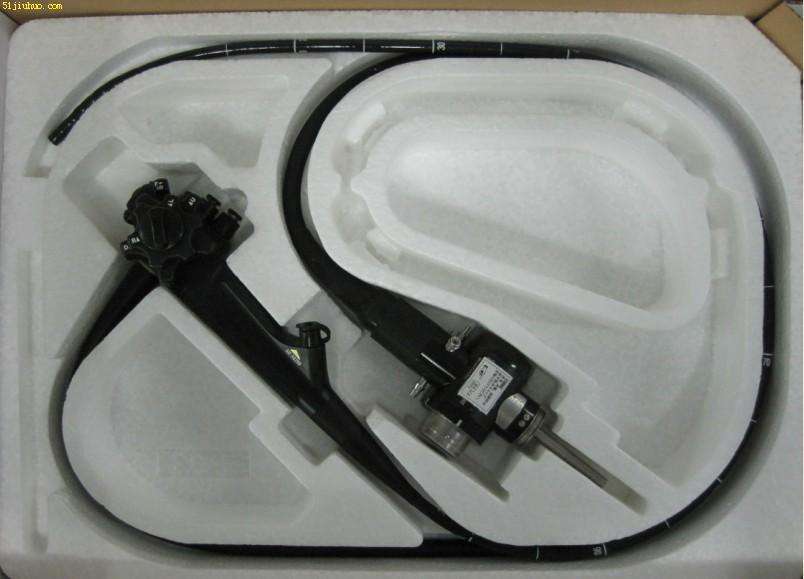
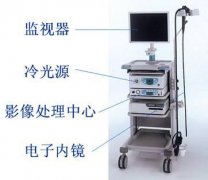
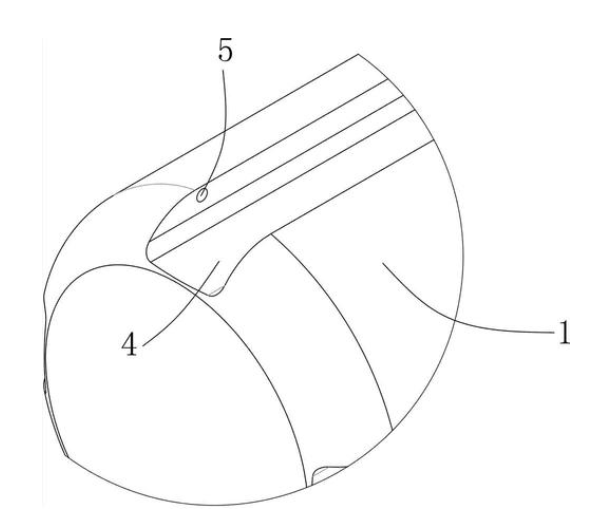
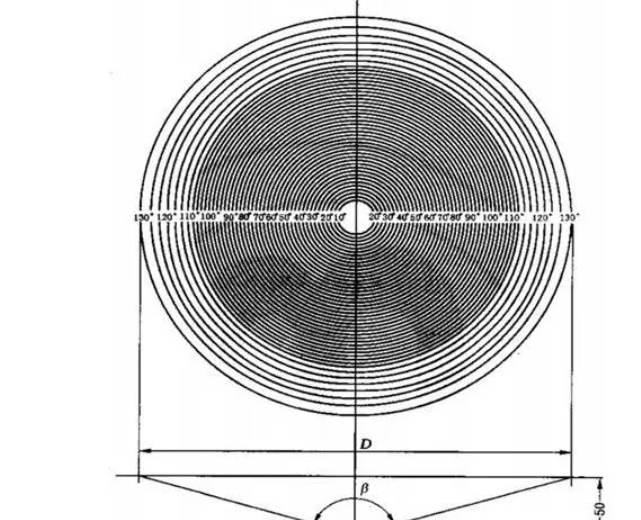
![]()
